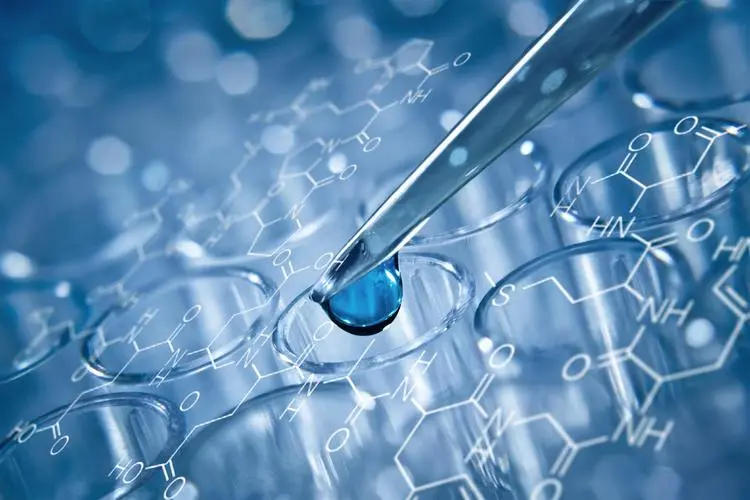
Privacy statement: Your privacy is very important to Us. Our company promises not to disclose your personal information to any external company with out your explicit permission.
Four years ago, when the PUReSmart Alliance set out to find ways to transform the production-application-waste model of polyurethane into a circular economy model, the consortium came up with a practical idea from the beginning: polyurethane recycling should start with a solid mechanical separation process that facilitates subsequent chemical decomposition.
This line of thinking has proven to be effective. Redwave first proposed a solution that uses near-infrared sensors to detect and sort polyurethane waste in order to better repurpose flexible polyurethane foam. NIR reflectance spectroscopy has been used to detect and classify various thermoplastics such as PET and PE, and is now being used to sort polyurethane foam for the first time.
It is understood that Redwave's R&D team has developed reliable solutions for polyurethane waste sorting, including sorting all aspects of polyurethane flexible foam. Redwave's sorting equipment can identify and sort 20-30 different types of polyurethanes, such as MDI-based polyurethane foams, conventional polyurethane foams, high-resilience roll paper foams, and flexible polyurethane foams containing additives such as flame retardants.
At present, relevant companies are also upgrading the waste polyurethane material sorting system to be more conducive to the recovery of polyurethane's most important synthetic raw materials polyols and isocyanates in the downstream chemical decomposition process.
In recent months, Recticel Engineered Foams, a member company of the PUReSmart Alliance, has conducted various experiments to reproduce polyurethane foam by recovering polyols and isocyanates obtained from Covestro's pilot plant.

Thermoplastic Polyurethane (TPU) is a type of elastomer that is known for its flexibility, durability, and resistance to abrasion, oil, and chemicals. It is a versatile material that can be used in a wide range of applications, including footwear, automotive parts, industrial seals, medical devices, and consumer electronics.
TPU is created by combining a polyol and an isocyanate in a reaction that forms a polyurethane chain. The resulting material has a unique combination of properties, including high tensile strength, good elongation, and excellent tear resistance. It can be processed using various methods, such as injection molding, extrusion, and blow molding, allowing for the production of complex shapes and designs.
LET'S GET IN TOUCH

Privacy statement: Your privacy is very important to Us. Our company promises not to disclose your personal information to any external company with out your explicit permission.

Fill in more information so that we can get in touch with you faster
Privacy statement: Your privacy is very important to Us. Our company promises not to disclose your personal information to any external company with out your explicit permission.